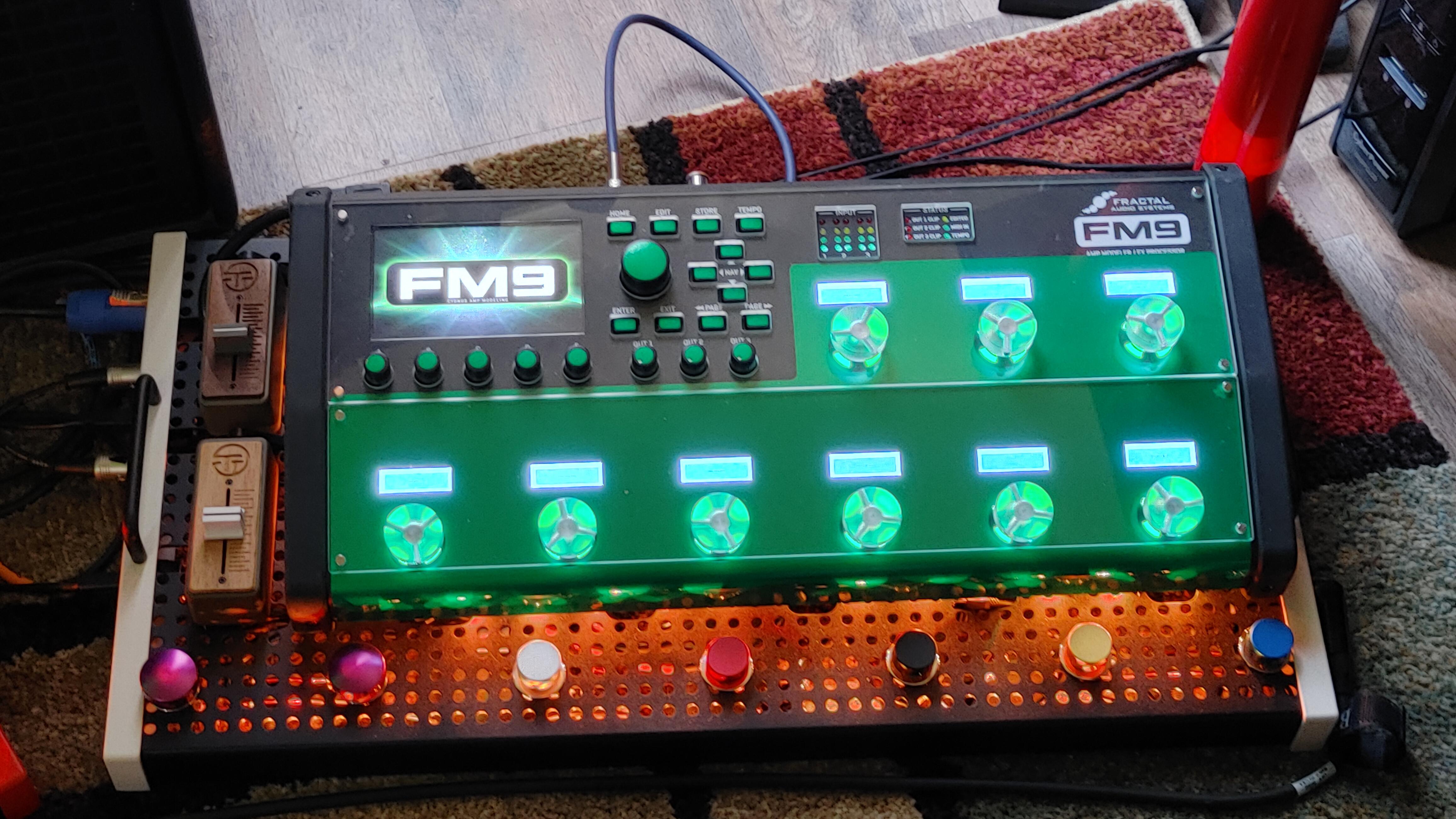I tried finding XLR to Neutrik XLR on amazon, but could locate only diddly. I did see some Neutrik XLR with 3-point solder posts, but that wasn't what I'd hoped to find.
Could you post a link to the amazon page that contains the XLR > Neutrik XLR?
A simple drill press and fine grit metal file & metal sandpaper to smooth out the edges should make the job easier.
I did the same thing with my IEC power cable on the upper surface next to the FM9's IEC power connection. Connected that to a Furman AC215-A Power Conditioner/Surge Protector underneath, and connected a Temple Audio IEC Power Mini Module to that. The Furman remains switched on at all times, the Temple Audio IEC determines when the Furman is on or not.
Several pieces of electrical tape around the drilled spot edges to prevent cable damage, and that's it...
FTR, the straight angle XLRs is the safest bet, simply because the right angle ones block important ¼" jacks (Output 3, for example). Trust me on this; I've tried numerous way to make the right angles work...unless you find high-profile right angles (which defeats the purpose), it's best to just plug straight in with straight XLRs. The Monoprice ones posted earlier should do the job well.

